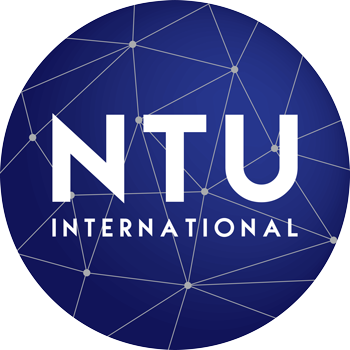The objective of the study is to better inform the European Commission:
1. at the macro-level, to better understand the cross-border flows of timber and wood products within the region (Argentina, Bolivia, Brazil, Chile, Colombia, Ecuador, French Guiana, Guyana, Paraguay, Peru, Surinam, Uruguay and Venezuela), exports from South America and imports in South America.
2. at country level, to better understand in country verification systems (Bolivia, Chile, Colombia, Ecuador and Peru)
The specific objectives of this projects are as follows:
· to know which countries are timber producing countries or timber consuming countries and where the cross border flows are located
· to identify the potential timber processing hubs, i.e. countries which import timber to add value (processing) and then export the processed products
· to identify the main current markets for exported products
Specifically, NTU will:
· Analyze of wood and paper products flows in the region, to and from the region (Argentina, Bolivia, Brazil, Chile, Colombia, Ecuador, French Guiana, Guyana, Paraguay, Peru, Surinam, Uruguay and Venezuela), on the basis of existing reports, analyses and interviews with local organizations, research institutions, government departments, trade associations and other stakeholders. The analysis will cover flows in the region (between South American countries), flows exported from the South America region, and flows imported in the South America region. Charts and maps showing where the flows take place, and how much in value (USD) and volume (m3) per year is traded, formally and informally, legally and illegally, should be provided at national, regional and international level. The consultant will provide an historical analysis from 2000 onwards and include the most recent available data, e.g. 2010, or perhaps quarterly data available for 2011. The products should include primary processed products, including roundwood (industrial roundwood separated where possible into sawlogs, veneer logs, pulpwood and fuelwood), sawnwood (broken down into hardwood (non-coniferous) and softwood (coniferous)), panels (plywood, fiberboard, particleboard, etc.), pulp and paper, as well as secondary-processed/value-added products, including furniture, millwork, etc. as available. The consultant will provide information on the source of timber (volumes coming from plantation or natural forest) and the timber use for timber coming from plantation and timber coming from natural forest.
· Overview and analyze of the regulatory framework for timber production, processing and trade, including export and import procedures for Bolivia, Chile, Colombia, Ecuador and Peru. In particular the study will describe the documentation requirements for timber exports and the agencies involved. Examples of all such documents with explanatory notes should be collected and included in the final report. The consultant will rely on information gathered in the various capital cities, however it is expected that the consultant will visit one or two ports or border control points in each country to validate the collected information.
· Prepare of a report, presenting the results of the analysis and highlighting the main issues.
· Participate in information briefing prior to work and present findings to the European Commission in a debriefing upon completion of the work.
-
Who we are -
What we do -
Sectors -
Services -
Framework Contracts -
EU Framework Contracts SEA2023 awards -
Aviation related consultancy support to EASA international cooperation activities -
EIB Consultancy services for the transport sector -
EIB Advisory Services (EIBAS) activities inside and outside EU-28 -
EIB Consultancy services for the Urban Development, Water and Solid Waste sectors -
EIB Consultancy Services to support the PJ/MOBILITY/ROADS division in its project due diligence activities in Hungary -
EIB Provision of Consultancy Services to Support the EIB Complaints Mechanism -
EIB – Framework Agreement to support the activities of the EIB Project Advisory Support Team -
Multiple Framework Agreement to Support EIB’s Communication Activities Outside the EU -
Multiple Framework Agreement to Support EIB Communication Activities Outside the EU -
EIBAS Lot2 - Energy -
EIBAS Lot3 - Mobility -
EIBAS Lot4 - Smart Growth, Social Infrastructure, EUROPE2020 and SMEs access to Finance -
EIBAS Lot5 - Urban and Regional Development -
EIBAS Lot6 - Bio-economy
-
-
-
Work with us -
News -
Contact -
Login
